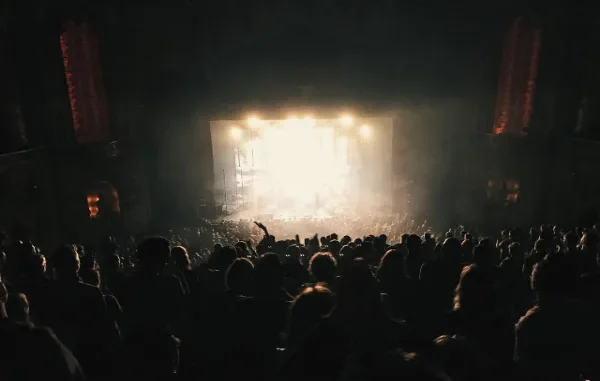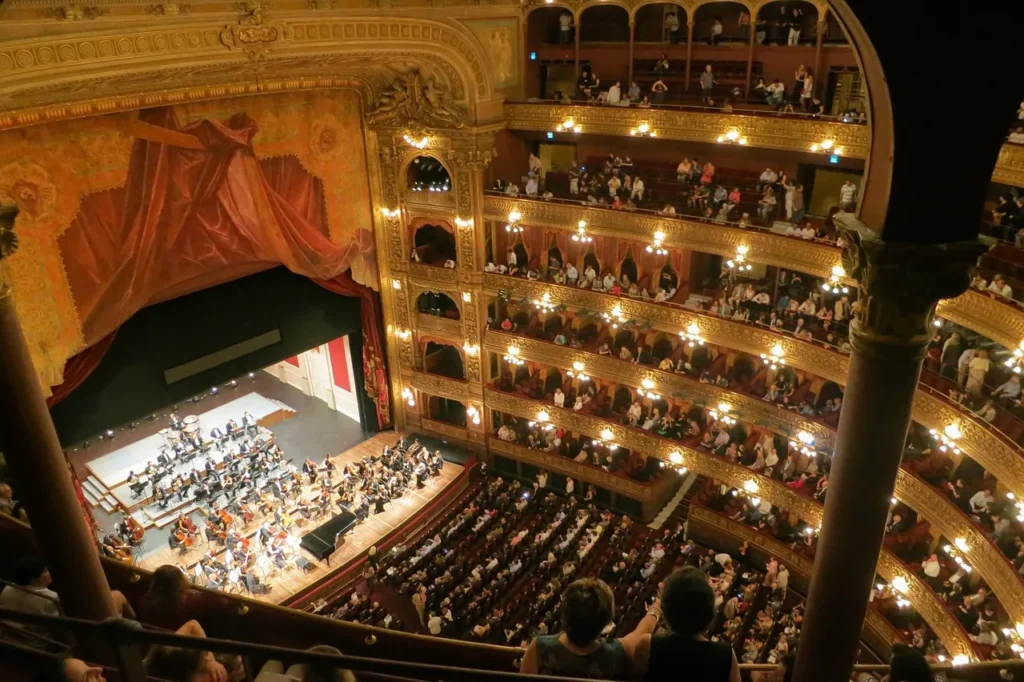
Music has a unique way of weaving emotion into storytelling, making theater productions more than just performances. Industry veteran Benjy Rostrum points out that it captures feelings that words alone often cannot express, deepens the connection between the audience and the characters, and transforms stories into unforgettable experiences. From classical operas to modern Broadway hits, the union of music and theater has produced some of the most iconic moments in the history of the performing arts, demonstrating that songs are not just additions but essential tools in storytelling.

Music as the Emotional Core
At the heart of theater lies the desire to evoke emotion, and music does this with remarkable precision. A well-placed song can instantly set the tone for a scene, whether it is a ballad that tugs at heartstrings or an upbeat number that fills the stage with energy. Consider a character grappling with loss or celebrating triumph. While dialogue might describe their feelings, music invites the audience to feel alongside them.
Take “Defying Gravity” from Wicked. The crescendo builds as Elphaba embraces her newfound power, pulling the audience into her emotional journey. Without the music, her transformation would lack the same soaring intensity. This emotional resonance makes music an irreplaceable component of the theatrical experience, bridging the gap between performers and viewers.
Driving the Narrative Forward
Music in theater is not just about emotion; it is a driving force that moves the story forward. Songs often serve as a form of dialogue, revealing inner thoughts, advancing plotlines, and offering insight into the complexities of relationships. In musicals like Les Misérables, songs such as “I Dreamed a Dream” or “On My Own” serve as intimate monologues, providing audiences with a deeper understanding of the characters’ struggles and dreams.
This storytelling technique allows writers and composers to convey complex ideas in compact, memorable ways. Instead of lengthy exposition, a few verses and melodies can communicate entire arcs. Audiences not only follow the story but also remember it through music, with lyrics and melodies that linger long after the curtain falls.
Building Memorable Characters
Their signature song often defines a compelling character. These musical moments give depth and individuality to characters, making them relatable and unforgettable. Think of Simba’s hopeful anthem “I Just Can’t Wait to Be King” in The Lion King or Alexander Hamilton’s ambitious “My Shot” in Hamilton. These songs do more than entertain; they crystallize the characters’ desires, flaws, and motivations.
When audiences can hum a character’s song, they also carry a piece of that character with them. This connection amplifies the story’s impact, transforming characters into cultural icons and fueling the enduring popularity of musicals across generations.
Creating Atmosphere and Setting
Beyond advancing plot and character, music establishes the world of the story. A well-crafted score sets the tone and immerses the audience in the setting, whether it is the bustling streets of New York, the mystical jungles of an animated kingdom, or the battlefields of revolutionary France.
In Phantom of the Opera, the haunting organ melodies immediately transport viewers into a world of mystery and romance. Similarly, the vibrant rhythms in In the Heights bring the energy and vibrancy of a New York neighborhood to life. By shaping the atmosphere, music enhances the audience’s sense of place, making the theater experience truly immersive.
Uniting Audiences Through Shared Experience
One of the most remarkable aspects of music in theater is its ability to unite audiences. Regardless of background, language, or culture, Benjy Rostrum explains that a powerful song can evoke a universal response. People may experience joy, heartbreak, or hope simultaneously, creating a collective emotional journey that unfolds.
For example, audiences worldwide resonate with the universal longing in “Somewhere” from West Side Story. The shared hush that falls over the theater during an intensely emotional number reflects the communal power of music, fostering a connection that transcends the stage.
The Evolution of Musical Storytelling
The way music tells stories in theater has evolved, reflecting changes in culture and technology. Traditional operas laid the foundation by integrating orchestration with narrative, while the Golden Age of Broadway introduced complex characters and innovative scores. Today, contemporary musicals push boundaries by blending genres such as hip-hop, rock, and pop into their storytelling.
Lin-Manuel Miranda’s Hamilton revolutionized the modern stage by incorporating rap and hip-hop into a historical story, telling it in a fresh, relatable way. Meanwhile, shows like Dear Evan Hansen use contemporary pop ballads to explore the emotional complexities of modern adolescence. This evolution keeps theater vibrant, ensuring that music remains a powerful force for storytelling in every era.
Why Songs Stay With Us
The magic of music in theater lies in its lasting impact. Long after a show ends, audiences find themselves humming melodies or reflecting on lyrics that moved them. This staying power is due to the way music intertwines with memory and emotion.
When a song captures a pivotal moment in a story, it becomes more than just a tune; it becomes a vessel for the feelings and experiences tied to that scene. Years later, hearing that same melody can instantly transport someone back to the theater, rekindling the emotions they felt during the performance.
Music as a Bridge Between Performer and Audience
At its core, music transforms theater into a shared dialogue between performers and the audience. Through melody and rhythm, performers convey emotions that words alone cannot, and audiences respond with emotion, applause, and sometimes even tears. This exchange creates an electric atmosphere unique to live theater, where every performance feels intimate and one-of-a-kind.
The immediacy of live music also adds an element of vulnerability and authenticity. A singer’s voice cracking with emotion during a heartfelt ballad can turn a scripted moment into a raw and unforgettable connection.
Conclusion
The power of music in theater lies in its ability to tell stories that resonate on a deeply emotional level. It breathes life into characters, drives narratives, and creates atmospheres that immerse audiences in entirely new worlds. From the grand scores of classic musicals to the innovative rhythms of modern productions, music continues to evolve while maintaining its timeless role in the art of storytelling. For theater lovers and casual audiences alike, songs are the heartbeat of the stage, turning every performance into a journey that lingers long after the final bow.






Leave a Reply